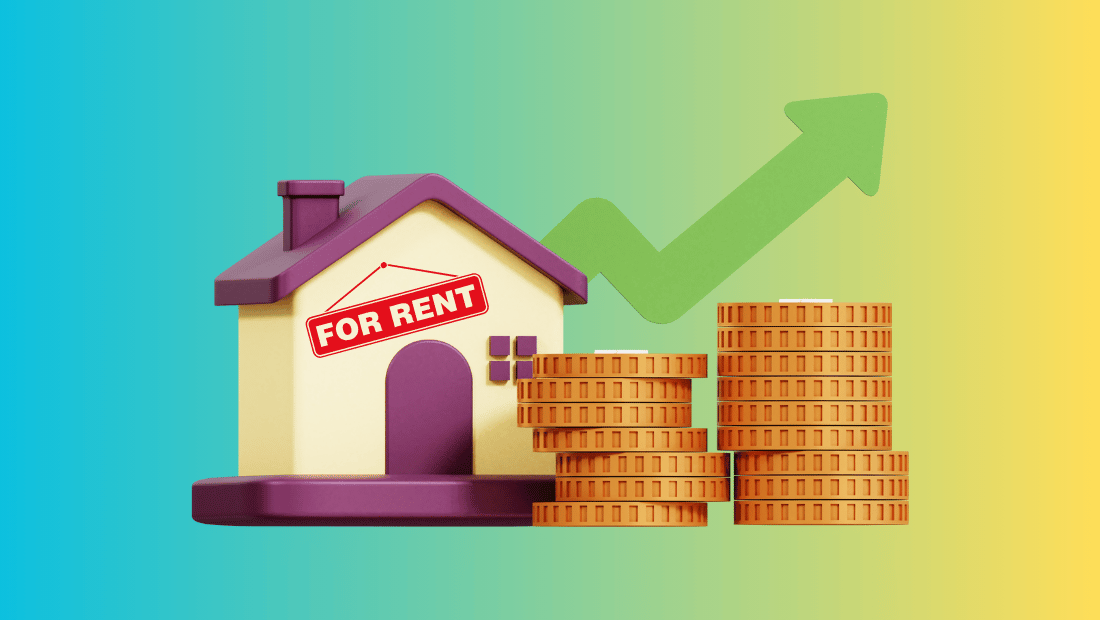For landlords and property investors, managing rental properties can be both rewarding and overwhelming. Enter flat‑rate property management—a modern approach that combines professional oversight with predictable costs. Unlike traditional percentage-based management fees, flat-rate models offer transparency and control, allowing property owners to maximize rental income while reducing the stress that comes with day-to-day operations.
In this blog, we’ll dive into how flat-rate property management works, its benefits, potential considerations, and why it’s increasingly becoming the preferred choice for property owners looking to streamline operations without compromising service quality.
Understanding Flat‑Rate Property Management
Traditional property management typically charges a percentage of the monthly rent—often between 8% and 12%—which can quickly add up, especially for high-value properties. In contrast, flat‑rate property management sets a fixed monthly fee regardless of rental income.
This model is appealing for several reasons:
- Budget Predictability – Landlords know exactly what they’ll pay each month, making financial planning easier.
- Cost Efficiency – For high-rent properties, flat rates often result in significant savings compared to percentage-based fees.
- Transparency – No hidden costs or surprise fees; the scope of services is clearly defined upfront.
Flat-rate management is ideal for property owners who want professional oversight without the financial unpredictability of traditional models.
Core Services Included
Most flat-rate property management companies provide a comprehensive suite of services to ensure that properties are well-maintained and tenants are satisfied. Typical offerings include:
- Tenant Screening and Placement – Background checks, credit evaluation, and lease agreements.
- Rent Collection – Ensuring timely payments and managing late fees.
- Maintenance and Repairs – Coordinating with contractors for regular upkeep and emergency repairs.
- Financial Reporting – Monthly statements detailing income, expenses, and property performance.
- Legal Compliance – Staying up-to-date with local rental laws and regulations.
Some flat-rate plans offer customizable add-ons, allowing landlords to tailor services to their specific needs without paying for unnecessary extras.
Benefits of Flat‑Rate Property Management
- Predictable Expenses – No more worrying about management fees rising as rental income grows.
- Increased Profitability – By avoiding high percentage fees, landlords retain more of their rental income.
- Streamlined Operations – Professional management ensures tenants are happy, properties are maintained, and legal requirements are met.
- Flexibility – Landlords can scale services based on property size, location, or personal involvement preferences.
Additionally, flat-rate management can free up time for landlords to focus on growth, whether that means acquiring new properties or pursuing other investments.
Who Should Consider Flat‑Rate Management?
Flat-rate property management is particularly advantageous for:
- Owners of Multiple Units – Saving money on management fees when renting multiple high-value properties.
- Investors with Stable Markets – Predictable fees work well in areas with consistent rental demand.
- Hands-Off Landlords – Those who want professional oversight without day-to-day involvement.
However, landlords should carefully review what services are included in the flat rate, as some companies may exclude certain services like eviction management or major renovations.
Potential Considerations
While flat-rate management offers clear advantages, there are a few factors to keep in mind:
- Service Limitations – Lower fees might mean fewer included services, requiring additional out-of-pocket expenses.
- Property Type – Some flat-rate providers specialize in single-family homes rather than multi-unit or commercial properties.
- Regional Variations – Market rates and regulations can affect pricing and service availability.
Landlords must weigh the benefits of cost predictability against the scope of services provided to ensure the flat-rate model aligns with their property goals.
How to Choose the Right Provider
Selecting the right flat-rate property management company requires research and due diligence. Key steps include:
- Compare Services – Understand exactly what’s included in the flat fee.
- Check Reviews and References – Look for client feedback regarding responsiveness and reliability.
- Evaluate Technology – Companies using online portals, automated payments, and digital reporting enhance efficiency.
- Confirm Legal Expertise – Ensure the provider stays compliant with local laws and handles tenant disputes effectively.
The right provider not only manages properties efficiently but also enhances tenant satisfaction, which directly impacts long-term profitability.
The Future of Property Management
The rise of flat‑rate property management reflects broader trends in the real estate industry: transparency, cost efficiency, and technology-driven solutions. As landlords increasingly seek predictable expenses and professional support, flat-rate models are likely to continue growing in popularity.
Integrating these services with modern property tech—like automated rent collection, maintenance tracking, and virtual inspections—creates a seamless, efficient system that benefits both landlords and tenants.
Final Thoughts
Flat‑rate property management is more than a pricing model—it’s a strategic approach to maximizing rental income while minimizing stress and operational headaches. By providing predictable costs, professional oversight, and scalable services, it empowers property owners to focus on growth and long-term investment success.
For landlords looking to simplify property operations without compromising service quality, flat-rate management is a solution that combines modern efficiency with financial clarity—an ideal choice in today’s competitive rental market.


